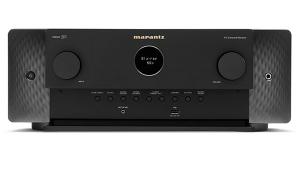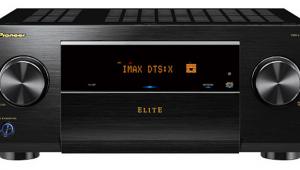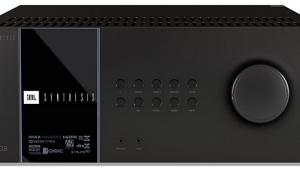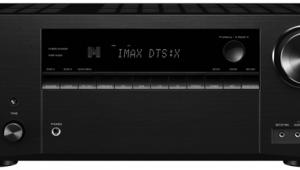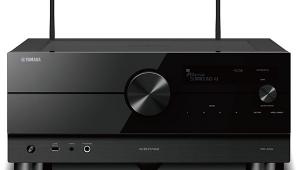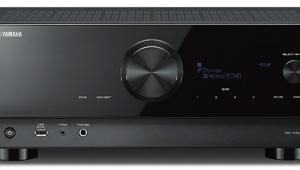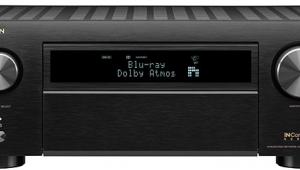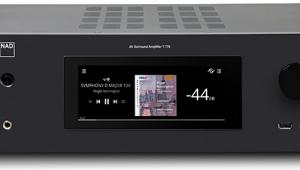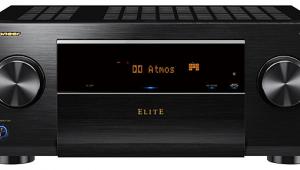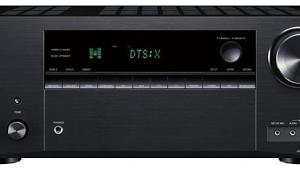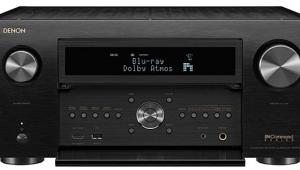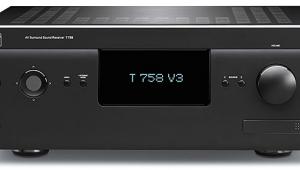Arcam AVR750 AV Receiver Page 2
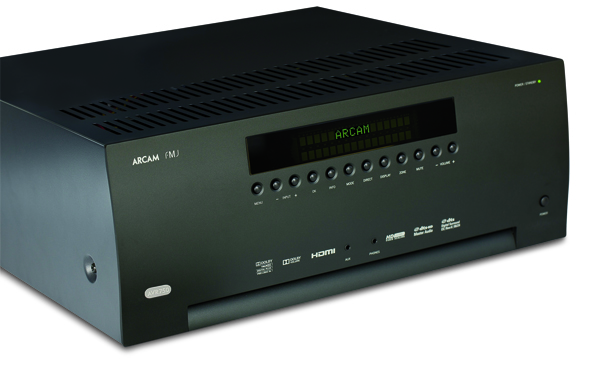
That Feel-Good Sound
So, how do the Arcam receiver’s sound? Smooth, warm, unetched, and unfailingly high-rez would characterize their sonic feel. The top end is notably less edgy than that of an average receiver, even a top-line model. If you’re used to more sizzle, you might find this polite approach foreign at first, but it comes with Arcam’s British pedigree. Bass is strong and well controlled, the best any receiver has mustered in my system.
Ultimately, though, it’s the dynamics that grab you by the throat. With the right movie, it’s like being on a roller coaster, as the rail-switching amp gracefully transitions from soft to loud and back again with the adeptness of a true master. Where many other receivers would clip—distorting, blurring, and inducing listener fatigue—the AVR750 just sails on through, maintaining an iron grip on imaging and soundfield integrity, even when all channels are pumping away furiously. Once you’ve lived with the Arcam for a while, you realize how dynamically constricted most other receivers are, even those well into the four-figure range.
Nothing less than an apocalypse would be worthy of this receiver’s first movie demo. Star Trek: Into Darkness (Dolby TrueHD) stepped up to the plate. Frankly, I’d have liked less noise: “Is this a military expedition?” asks Scotty. “I thought we were explorers.” But the barrage of full-spectrum effects gave the receiver a chance to dominate the room and my attention. Arcam’s room EQ isn’t bad. Repeatedly switching it in and out, using the remote’s dedicated button, I found that it sharpened dialogue, improved imaging in the front, and focused the movie’s aggressive subwoofer-borne effects. And unlike most room EQ systems, it did so without reducing comfort—though the quality of the amp must have helped. The receiver’s ability to erect a large soundfield plunged me into the story.
That soundfield continued to mesmerize in Taken 2 (DTS-HD Master Audio), with Liam Neeson reprising his role of a super-spy defending his family from kidnappers. Even by action-movie standards, this one has an exceptionally busy soundfield at every conceivable volume level. The result of this constant envelopment was constant suspense, and thanks to the Arcam’s effortless dynamics, the spell was never broken, even when all five of my Paradigms were roaring at once.
Not Fade Away (DTS-HD Master Audio) punctuates its coming-of-age story about aspiring 1960s rockers with music that’s tentative and fumbling, but with flashes of insight and excitement glittering through the faux-murky recording. The Arcam handled this ambiguous material skillfully, warming up the murk and letting the glittery elements shine through cleanly, reminding me that there’s nothing quite like the sound of a live electric guitar (even when it’s really just a lossless recording).
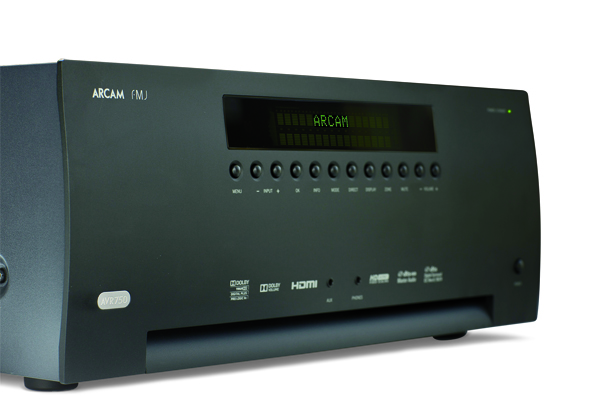
The Red and the Blue
King Crimson’s The Road to Red box set is loaded with live and studio recordings spread out over two Blu-rays, one DVD, and 21 CDs. The main attraction for my Arcam demo was Steven Wilson and Robert Fripp’s 2013 stereo mix of Crimson’s landmark album Red, in 24/96 LPCM via BD. The Arcam brought out its higher-rez transparency without overriding its tonal fidelity to the original vinyl—quite a balancing act. The receiver’s polite top end didn’t deprive cymbals of their subtle metallic sheen, but it did prevent them from burning my eardrums at high volumes. I re-auditioned the 2009 surround mix and once again found it compelling. But I spent more time exploring the live high-rez stereo material (sourced from analog multitrack reel-to-reel recordings) on the other BD as well as the adroitly touched-up soundboard cassettes on the CDs. Needless to say, the Arcam had no trouble reproducing the band’s extreme live dynamics, John Wetton’s bone-crushing bass, and Bill Bruford’s murderous kick drum. But it also brought out the more delicate instrumental voices, including Fripp’s fuzztone wah-wah guitar and David Cross’s delicate violin, at low to moderate listening levels.
The Blue Room by Madeleine Peyroux arrived as an HDtracks download in an odd combination of advanced bit depth (24) and CD-quality sampling rate (44.1). This may or may not have accounted for the reticent top end, which the Arcam could do little to burnish—but customarily, Peyroux’s producers have favored that kind of mellow sound. Smooth midrange reproduction always being an Arcam strength, her voice poured out of the speakers like honey. The addition of strings gave the arrangements a timeless elegance, aided by the receiver’s immersive soundstage, which was as riveting in 2.1 channels as it was in 5.1.
Westminster Legacy: Chamber Music Collection is a 59-CD box set I was playing through while the Arcam was in the rack. Initially, I didn’t intend to use these 1950s mono recordings as demo material—but the Westminster label’s famous “natural balance” did support a pleasing variety of textures in Beethoven, Mozart, Haydn, and Schubert string quartets by various Vienna ensembles. I was already familiar with the Haydn recordings by the Vienna Konzerthaus Quartet on both CD and ancient vinyl and was pleased to hear how fleshily the Arcam imaged the mono content between the speakers. The playing was firmly in the Romantic tradition of the late 19th century, with loads of now-unfashionable vibrato, and the receiver lovingly showcased the quartet players as if they were human voices. It became an unexpectedly moving and engrossing experience. When I proceeded to more modern stereo recordings—including, on CD, Bach’s Brandenburg Concertos by Herbert von Karajan and the Berlin Philharmonic—the receiver delivered a refined string sound and scrupulous layering of orchestral sections.
Some readers will raise an eyebrow at the Arcam AVR750’s six-grand price tag, especially in conjunction with its five-star performance rating. It may not be for everyone—but if your speakers present a challenging load, and you want a receiver that behaves more like a muscle amp, you’ll get what you pay for with this one.
Audio editor Mark Fleischmann is also the author of the annually updated book Practical Home Theater (quietriverpress.com).
